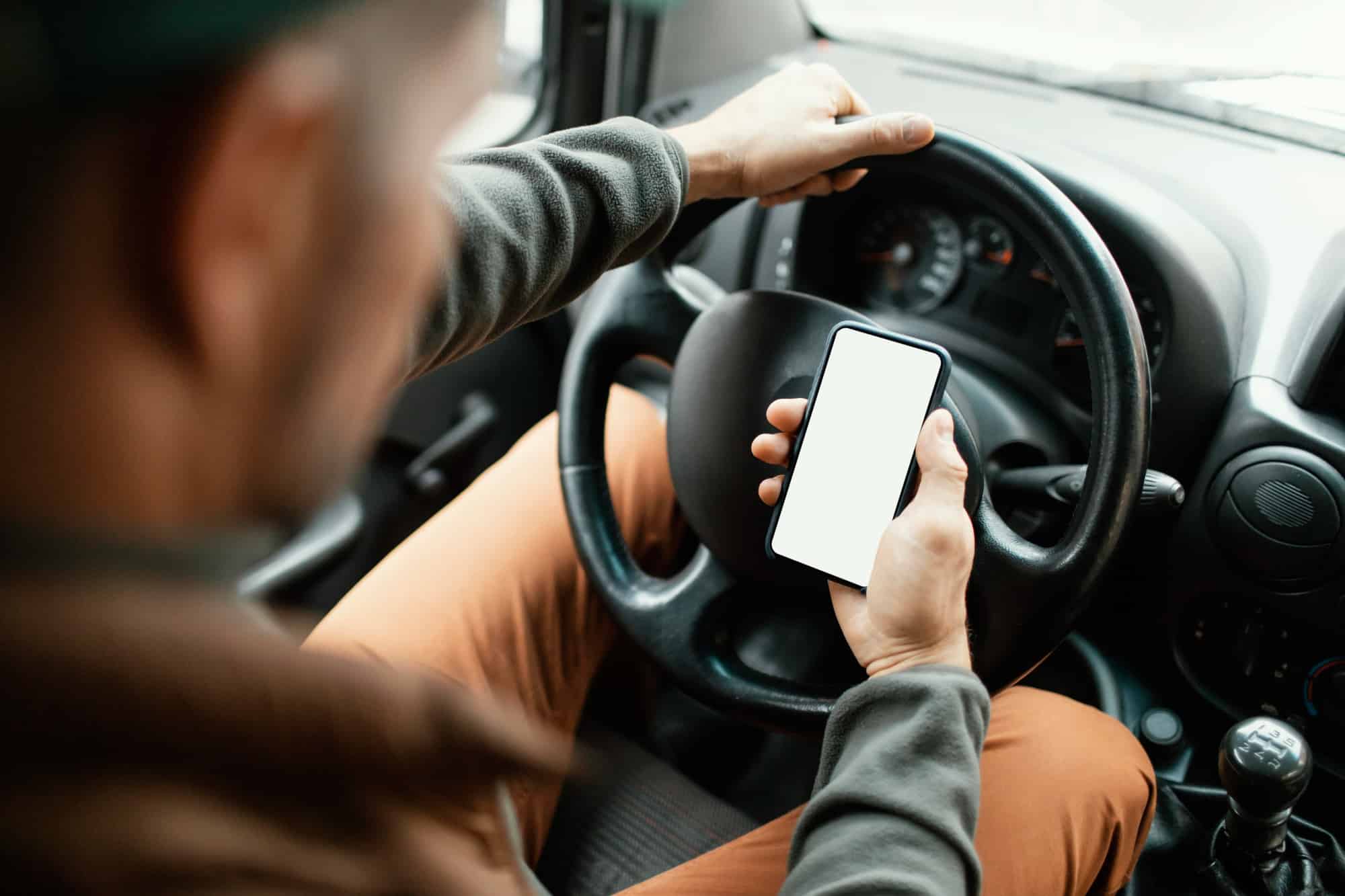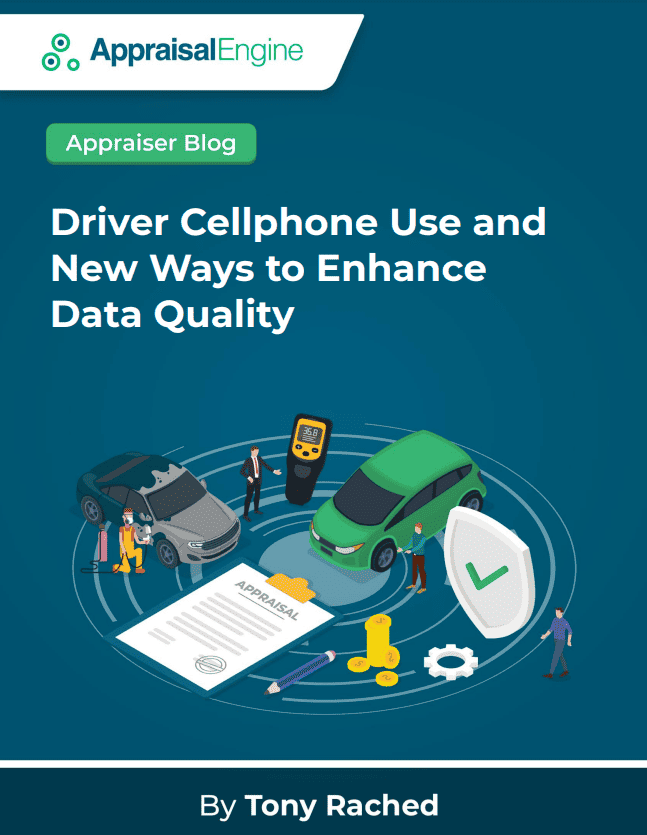Driver Cellphone Use and New Ways to Enhance Data Quality
Recent studies conducted by the Insurance Institute for Highway Safety (IIHS) have introduced novel ways to gain a deeper understanding of driver cellphone use. These methods involve leveraging roadside cameras and telematics data, promising more comprehensive insights into this critical aspect of road safety.
One of the studies revealed that utilizing photographs captured by roadside cameras can be almost as effective as in-person observations in identifying drivers engaged in cellphone-related distractions. This innovative approach could significantly improve the precision of data collection. Another study explored the potential of telematics data collected through safe-driver apps, which are gaining prominence in the insurance industry. These apps could offer detailed information on when and how drivers are interacting with their mobile devices.
You can access the PDF of this article by clicking here.

Challenges to Collect Data
Presently, the most up-to-date information on driver cellphone use is obtained through the National Highway Traffic Safety Administration’s (NHTSA) annual roadside survey. This involves stationing observers at intersections for several weeks during the summer. While these surveys have provided valuable insights into trends related to cellphone use, they are limited in scope as they can only capture data from drivers who are stationary at intersections where human observers are present.
However, the data from naturalistic driving studies, which record the daily driving habits of volunteers with in-vehicle cameras, is more comprehensive but can be time-consuming to execute and may not represent the entire driving population.
Furthermore, information regarding cellphone-related crashes is extremely scarce, primarily due to drivers’ reluctance to admit distraction and the absence of witnesses in many fatal collisions.
To overcome these challenges, cameras could be strategically deployed on highways and other locations where placing human observers would be unsafe. The use of artificial intelligence software could aid in identifying distracted drivers, allowing for more frequent and voluminous data collection. This data might also be utilized for enforcing local laws against cellphone use while driving, an initiative already underway in Australia.
Early Results
In one of the recent studies, the accuracy of camera-based observations was compared to in-person monitoring. The findings showed that observers using photographs were highly effective at identifying drivers engaged in various distracting behaviors, such as manipulating a cell phone or eating, with an accuracy rate of 72%, closely matching the 78% accuracy rate of in-person observers.
Both methods were more proficient at recognizing that drivers were involved in cellphone activities in general rather than specifying the exact nature of these activities. The photo-based observer accurately identified this 86% of the time, while the in-person observer scored 90%.
On a parallel track, the second study underlines the potential of telematics data. Telematics refers to the collection of data from cellphone apps or dedicated devices while a user is driving. This data can provide comprehensive insights into how and when drivers use their cell phones, shedding light on the connection between cellphone-related distractions and crash risks.
Telematics data could offer valuable information on driver behavior in various driving contexts. For example, data from telematics show that drivers in Virginia were more likely to use their phones at intersections than on straight roads. This nuanced information could enhance our understanding of distracted driving and provide a basis for the effectiveness of new laws.
Recap
These innovative approaches using roadside cameras and telematics data have the potential to revolutionize our understanding of driver cellphone use and its impact on road safety. By leveraging these technologies, we can better tackle the critical issue of distracted driving, a leading cause of accidents and fatalities on our roads. It’s essential for all drivers to be aware of the dangers of cellphone use while driving and prioritize safety on the road.
For more news about the innovations in the automotive sector, check out this article: Safe Driving Key Instructions to Have a Smooth Ride





